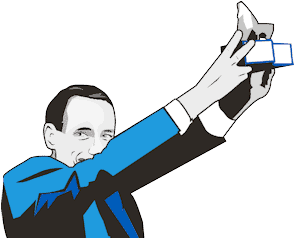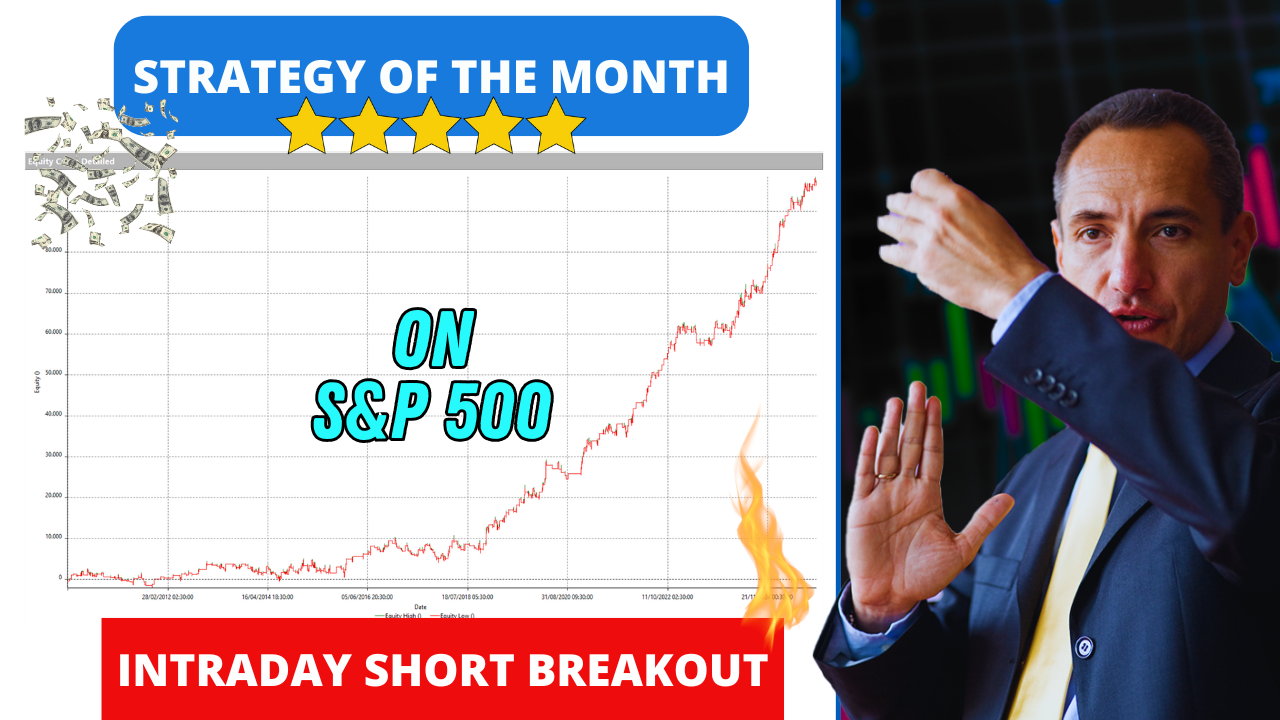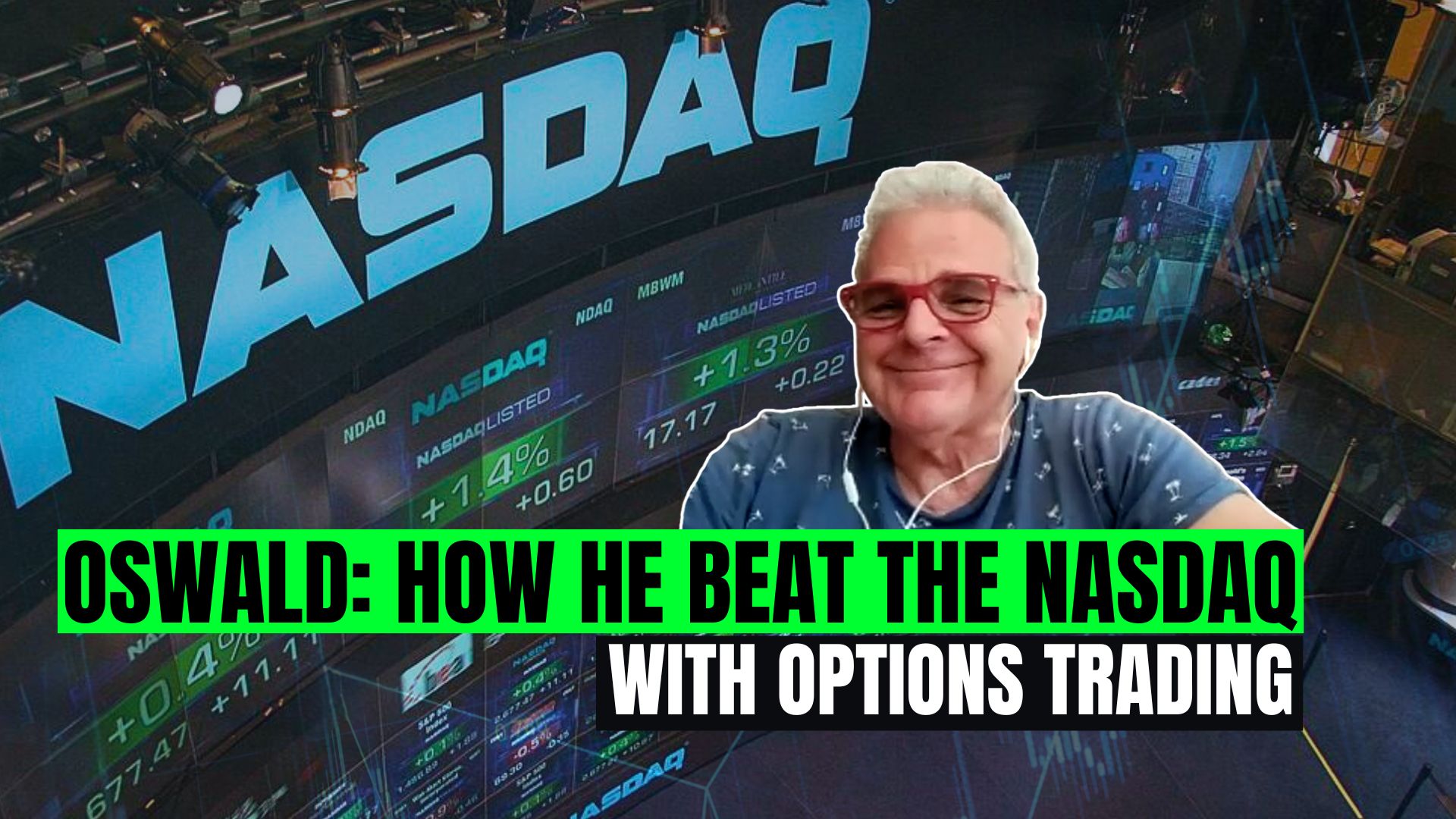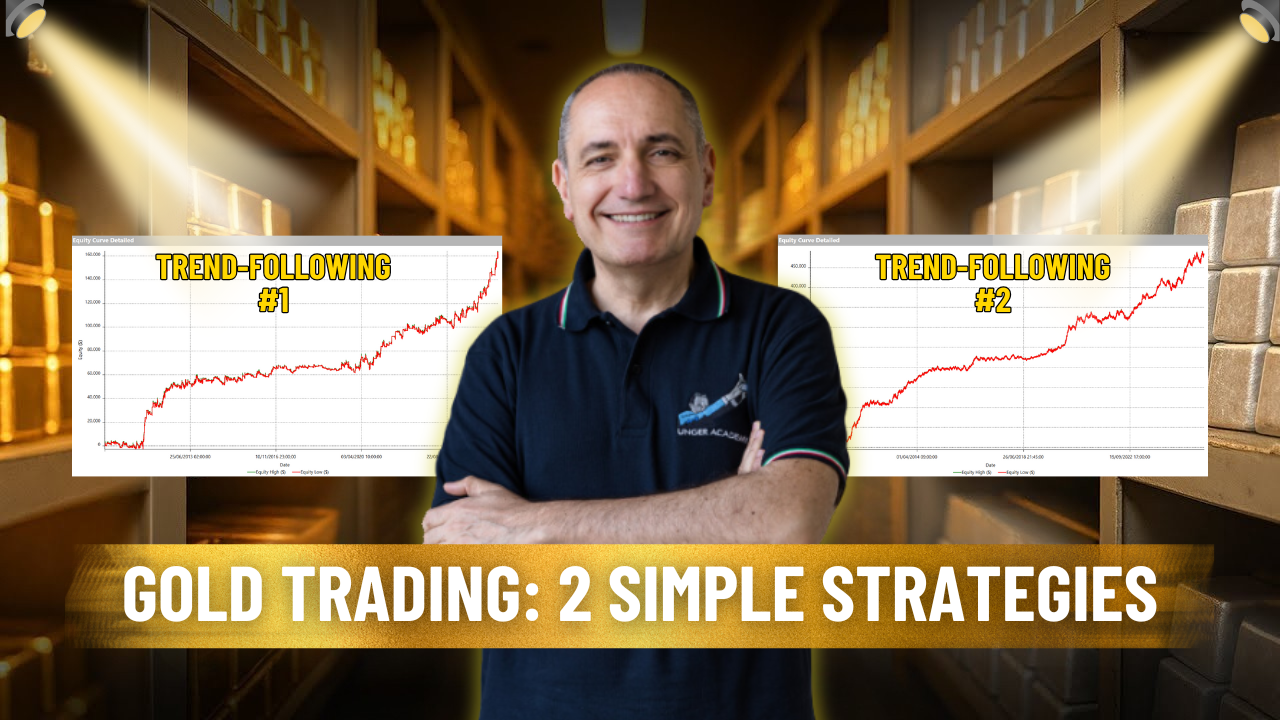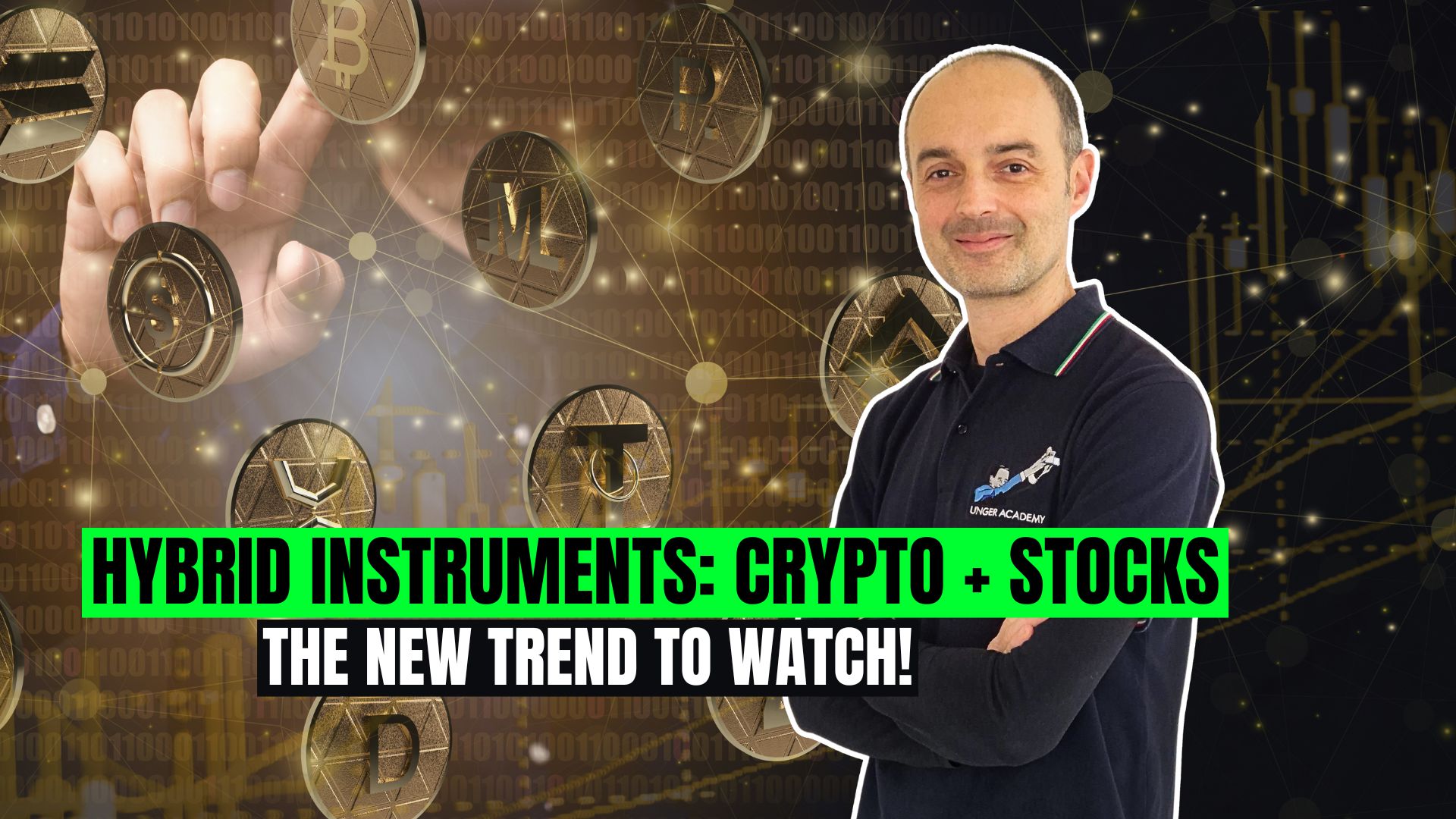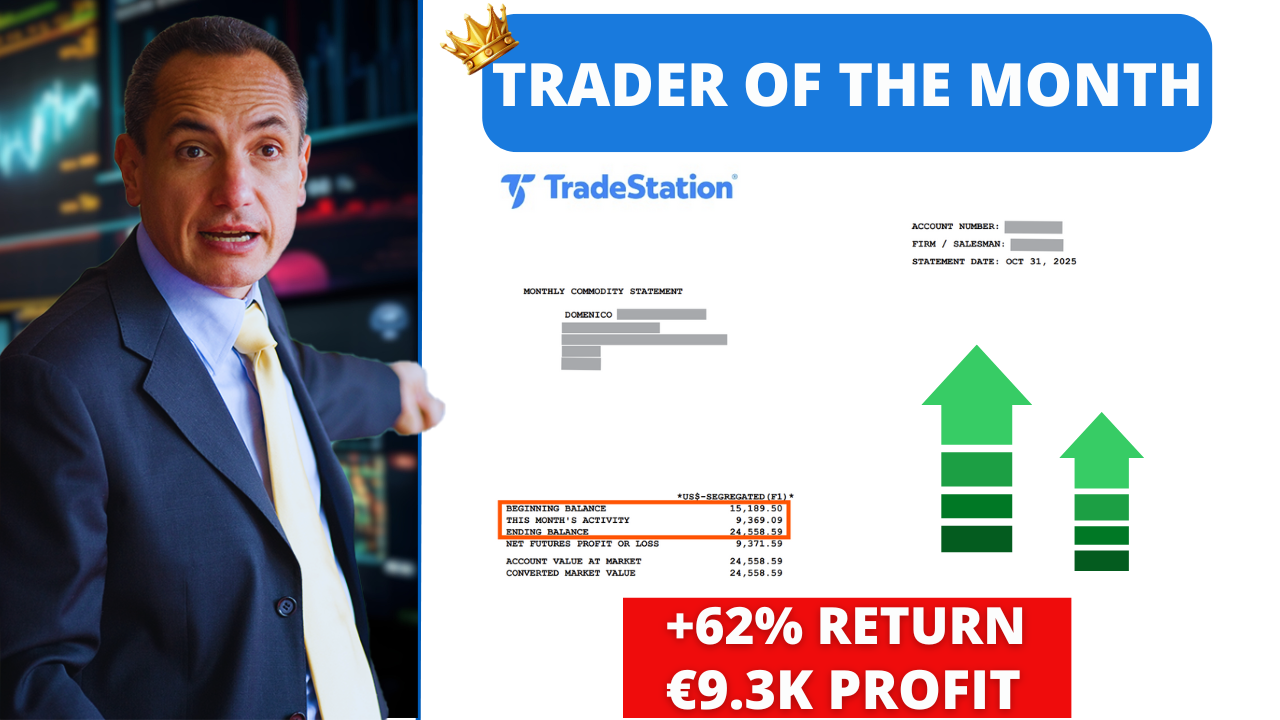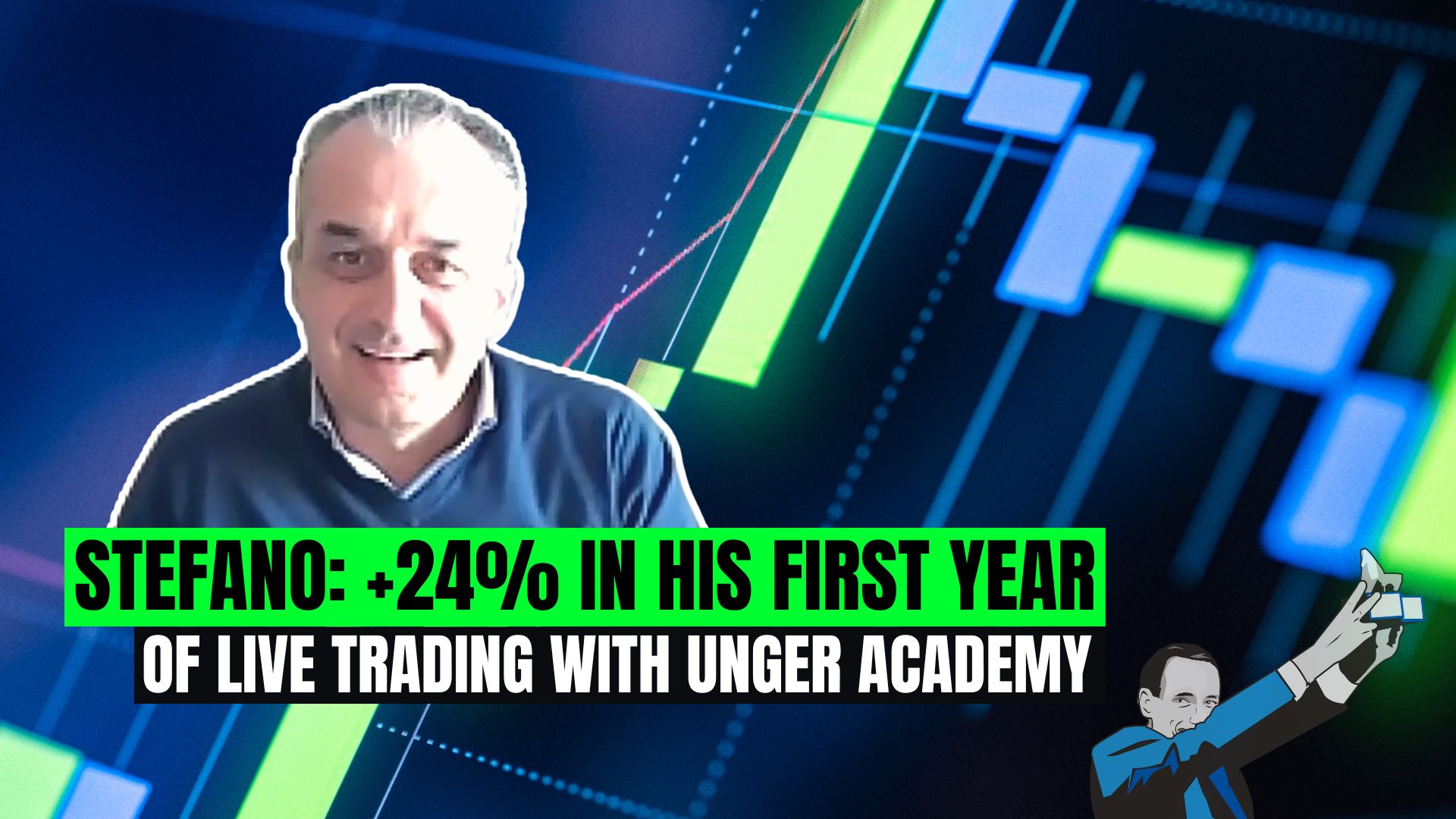Hi guys, hi from Andrea Unger! Today, I’d like to talk about the backadjustment of futures.
Futures have a duration, a limited life. Each market has its own features; there are markets that expire every three months, others every month, etc.
Let’s take the Crude Oil, which expires every month. If we compare the prices of June to those of July, we see that there is a certain distance between them. They can be above or below them, so there’s a difference. The moves are similar, because it’s the same commodity, so there’s a difference at the end of the day.
When we trade on the next expire, due to higher volumes or any other reason, there’ll be a difference with the prices of the previous expire. If we look at a chart, we see a gap.
However, that isn’t a real gap. If, for instance, you see a 0.5 gap – a value that makes sense for the Crude Oil – this doesn’t mean that there was a real jump of 0.5. So, if we use this chart, which makes sense, because it traces the real prices that are traded, and we make a moving average, that moving average will take into account this gap, which however isn’t real. This will lead to a false indicator, because since there hasn’t been any real gap in prices, it won’t show the actual behaviour of the market.
In order to avoid this, brokers and data providers take all past data and change the prices of the past so that there is no gap between the prices of the next expire and the previous ones.
A very easy way to do this consists in simply adding the value of the gap to past prices. So, if there’s a 0.5 gap, they just add or subtract 0.5 to all the prices in the past. Another way to adjust data consists in measuring the ratio and multiplying. The method used depends on your data provider.
Backadjustment is a good solution if you build trading systems and need to read the relation between prices using indicators. However, it can sometimes cause some problems.
The first one is that, sometimes, if the next series is below the previous one, it can happen that, if we go back in the past, we might have negative prices. It happens, look at bonds and meats: there are situations when you have negative prices. This is nonsense, obviously, because you work with charts that are not real and have nothing to do with reality where there are evident mistakes (you can’t have negative prices!).
The second problem occurs when we look for the historical top or low of the markets. If prices have been backadjusted, the prices you see are not the real ones. Suppose the historical top occurred 10 years ago. Every year, for 12 times a year, 0.5 was added to prices, for a total of 120 times. So, the historical top you see is not the real maximum that was traded in the past.
The number you see has never been touched, because it derives from a mathematical operation. This might be a problem depending on how you use these pieces of information. So, always be aware of it.
I use back-adjusted prices and have a datafeed provider who adjusts prices for me. However, whenever he adjusts them, I have to reload all past data, because I have them on my client. So, I have to cancel all the data. If, instead, prices are on the server, I just need to reload the charts and add the back-adjusted prices.
Backadjustment is very useful when you use back-adjusted data for trading systems. However, be aware that there can be negative data and, most importantly, levels that have never been touched in the market.
That’s all guys, stay tuned for more stuff!
Ciao from Andrea Unger!
